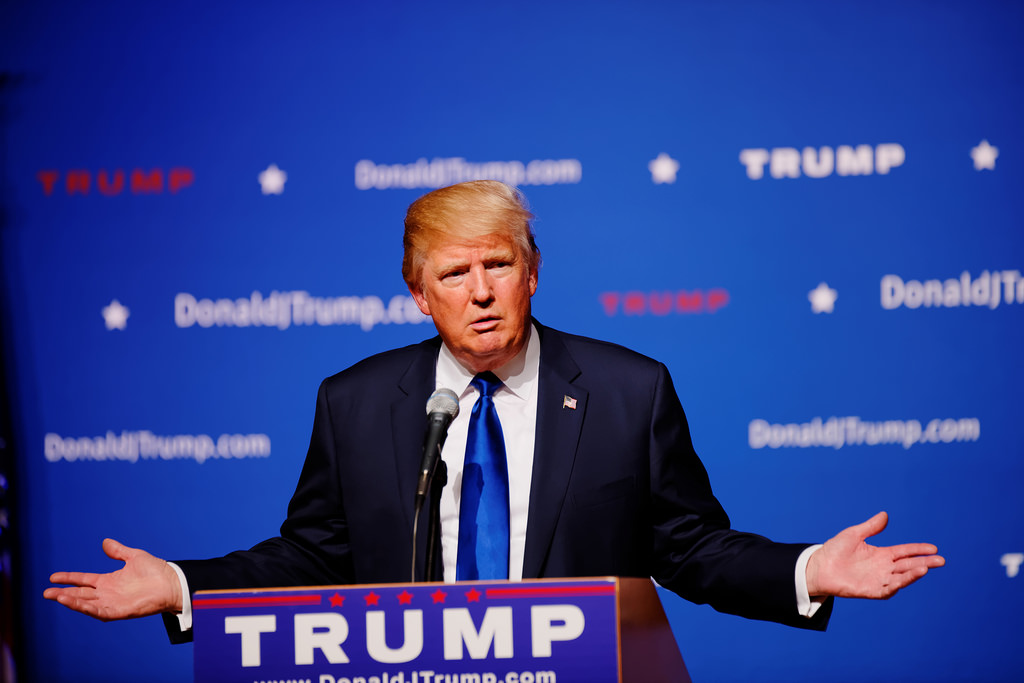In 2012, Romney won 62 percent of noncollege-educated white voters. The latest NBC-Wall Street Journal poll showed that Trump isn’t even winning a clear majority with the group, with just 49 percent backing him. A McClatchy/Marist poll puts him even lower, at 46 percent. This is a reversal from earlier in the summer, when Trump’s support among the group was in the 60s, higher than Romney’s, though not by leaps and bounds.
Much of the analysis of Trump’s support was based on the fact that he did very well indeed among a particular group of white working-class voters early on: those who planned to vote in the GOP primary. Surowiecki, for instance, cited a July 2015 Washington Post/ABC News poll that showed a third of white GOP voters without college degrees had decided to support Trump, more than his rivals in the then-crowded field.
But one third of white working-class voters planning to vote in a GOP primary is not that many people. Just 14 percent of eligible adults took part in the presidential caucuses and primaries, 9 percent of the total American population. White working-class Trump voters were a small subset of that number, not really enough to make much of a difference.
Within that GOP primary, for instance, the income differences between backers of the major candidates was not large over the course of the contest. A FiveThirtyEight analysis of exit poll data from primaries that took place through May 3 found that the median income of Trump voters was $71,000 — just $1,000 shy of the figure for voters backing Ted Cruz, Trump’s only serious rival for the nomination throughout the contest.

